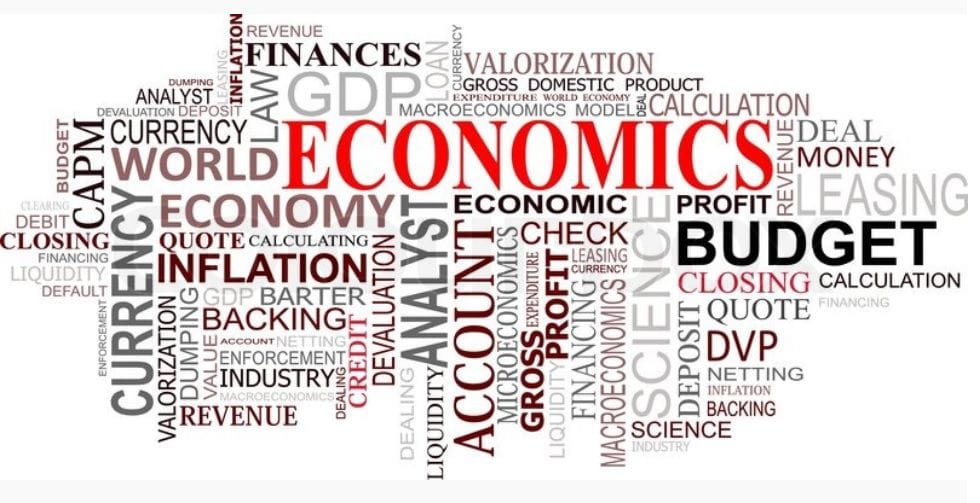The definition of economics – A dictionary definition of economics is the interpretation of, ” practiced and organized techniques for settling the distribution of income, goods, or resources amongst informed and decision making agencies.”
The Definition of Economics, What is Economics?
There are many definitions of economics. Some of these definitions include: increasing the quantity of output, creating an excess of goods and services, safeguarding and maintaining market profitability, and applied to business applications.
I, for example, have learned that economics is an objective study of how various policies will affect consumer spending, national income, industrial profitability, and the general state of the national economy, specifically the employment sector.
As an example, consider a sandwich shop that has bought a healthier product. The product must be priced fairly in order to increase its marketability. There must be people who want a sandwich, but may not be able to afford one unless the price of a sandwich is equal to the cost of the product.
Therefore, the sandwich shop must sell its product at a moderately higher price. However, is the sandwich shop going to get this consumer? The level of the product is relatively expensive and so the end user may not buy.
The unfortunate thing is that there are other sandwich shops at the same location that are selling the same product at a cheaper price. How does the sandwich shop survive?
The Sandwich Shops
Knowing how the economy is doing can help a sandwich shop understand how its product fits into the national and/ or international setting. Many nations hold their purse strings tighter than most people in the United States. Additionally, the American sandwich shop has a new market that is able to produce a cheaper product.

Most people in the United States want a low priced sandwich. Americans prefer their sandwiches to be inexpensive, so they are able to have more of them, and can use them for week after week, month after month, and year after year.
While the American sandwich shop is most likely going to continue to sell its sandwiches at a reasonably priced price, sensitive business decisions must be taken to ensure their success. The product pricing toward the middle market may be clearly set by some countries.
Most Americans lack substantial purchasing power. The product pricing toward the high street may be more flexible, but the majority of Americans are professionals that do not have a good grasp on the market prices of various products.
Many countries attempt to move their products and/or services towards the lower, middle, and high end of the market. Some, however, have trouble achieving this middle kill which causes them to lose a significant segment of their customer base over time.
The sandwich shop competes with a market of as many as 20 other sandwich shops. Because its prices are relatively cheap in comparison to many other boxes of sandwiches, the slice of market share is small.
The sandwich shop has no choice to either take a risk on its product pricing toward the middle market, or try to compete toward the high end. Given its smaller size, the sandwich shop will certainly have to sell more product to survive and prosper.
As the strategy for doing so becomes more difficult for the sandwich shop. However, no matter how much money the manager spends to support its product price to appeal to the middle market, it will continue to struggle to a large extent.
An alternate means of competing for the middle market would be to concentrate on the high-end, but this may imply a higher cost of production. Making more than the competitor in any sector may be more profitable.
What is a Pricing Strategy?
Pricing is an economic term to define a Pricing Strategy. When you think about pricing, you need to think of it as a factor that affects the entire business. Ours is not a static, market driven business.
Typically, goods and services are priced to reflect market demand. Pricing can be hundreds of dollars above or below customer costs. This pricing strategy is called market price mark-up.” We charge more to take oil, for example. The mark-up is what we purchase to compensate for the expense and Estate.
There are a number of fundamental pricing strategies practiced by individual companies. The pricing strategy must be clearly defined for any number of reasons.
How Much You Charge
Here are a few examples: The price must be fair for the objectives of the business. This pricing must be the same from act-to-act.
Many companies have adopted examples such as the charge for active versus passive castors for widgets. Whichever side of the situation you will be in, this pricing must be profitable for your company. You will be in a competition and need to assess potential comparable jobs. Trade-off is important in determining the pricing strategy for your company.
It is better to align the selected pricing to the needs of the business as opposed to simplicity. This practice will not only affect profitability but also the ability to switch to higher-priced services. Some companies have a crystal ball which gives them a “reading” of the price. For other interesting news, you can visit the warta ekonomi site as one of the current news portals. / Dy
Read More: How to Play Soccer



